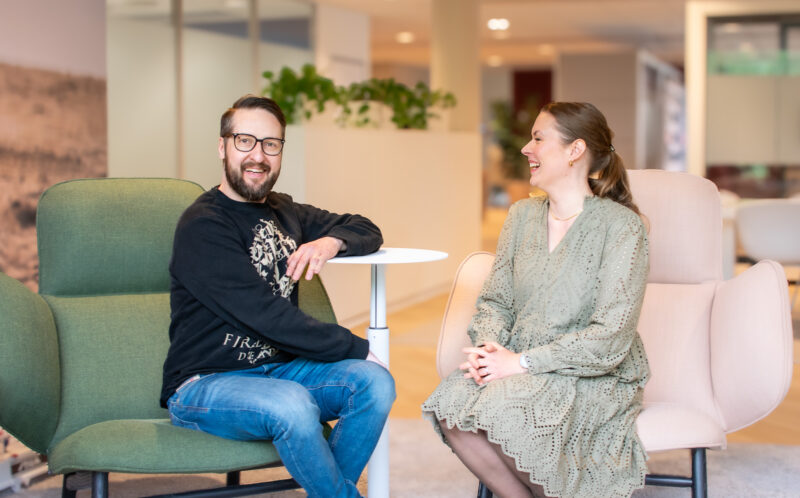How to solve a seemingly unsolvable problem with IoT and AI? – A user-centric solution to poor indoor air quality in Finnish schools
Indoor air quality is an age-old issue in Finnish school buildings. More than 4 out of 5 teachers have reported problems with air quality in their schools, and airborne mold spores can cause respiratory problems and illnesses to adults and children alike. Air quality problems rack up significant costs in missed workdays, healthcare provided to sufferers, and renovations done to premises.
The city of Espoo posed an intriguing task in this year’s Future City Challenge contest, a nationwide competition for innovative solutions and applications to make everyday life in cities easier. How to create healthy and functional environments for schools and eradicate indoor air quality issues?
A mix of IoT and AI to the rescue
Our team came up with a winning solution called “Schools into shape” where we combined three data sources: indoor air quality sensors, absentee records from the Wilma pupil database, and a mobile application designed for children to communicate their personal health status.
This mix of IoT data and AI analysis allowed us to draw a correlation between poor indoor air quality, absenteeism because of illness, and symptoms experienced by the children. These insights can in turn help to detect structural deficiencies in school buildings and carry out necessary maintenance work well in advance.
3 award-winning points for solution designers
“Schools into shape” wiped the awards board clean in all its categories at Future City Challenge, and so we would like to share what we learned from this victorious project. What does it take to design solutions and applications from scratch? What are the best ways to begin solving everyday problems with technology? These are our three most important points to take home:
- The user is always Number One
All design needs to be user-centric. We started off by analyzing the different user personas in schools and focused on finding solutions to suit these. The main user groups were the schoolchildren and their guardians, the teachers, the head teacher, city officials, and Espoo residents. We analyzed how our solution would serve each group in different ways and what different technologies we could utilize to solve our problem. - Trust your team
You need more than a minute to create a technological solution. Therefore, it is essential to trust the developer team you have gathered to support you. Coming up with ideas is like following a spiral: someone throws out an idea, someone else follows it up with another one, and so on. Finally, the best aspects of all ideas are blended together, and the final solution is formed through iteration. This stage of development requires courage and trust in the solution forming eventually. - Don’t worry about tech
Our solution utilizes IoT and AI and combines various technological solutions and systems. Technology itself should not be your team’s main worry – a suitable technology can always be found. Appreciating the users’ needs and locating the nucleus of the problem itself are much more important than tech.
“Schools into shape” will continue in 2018 as a pilot project with the city of Espoo.


